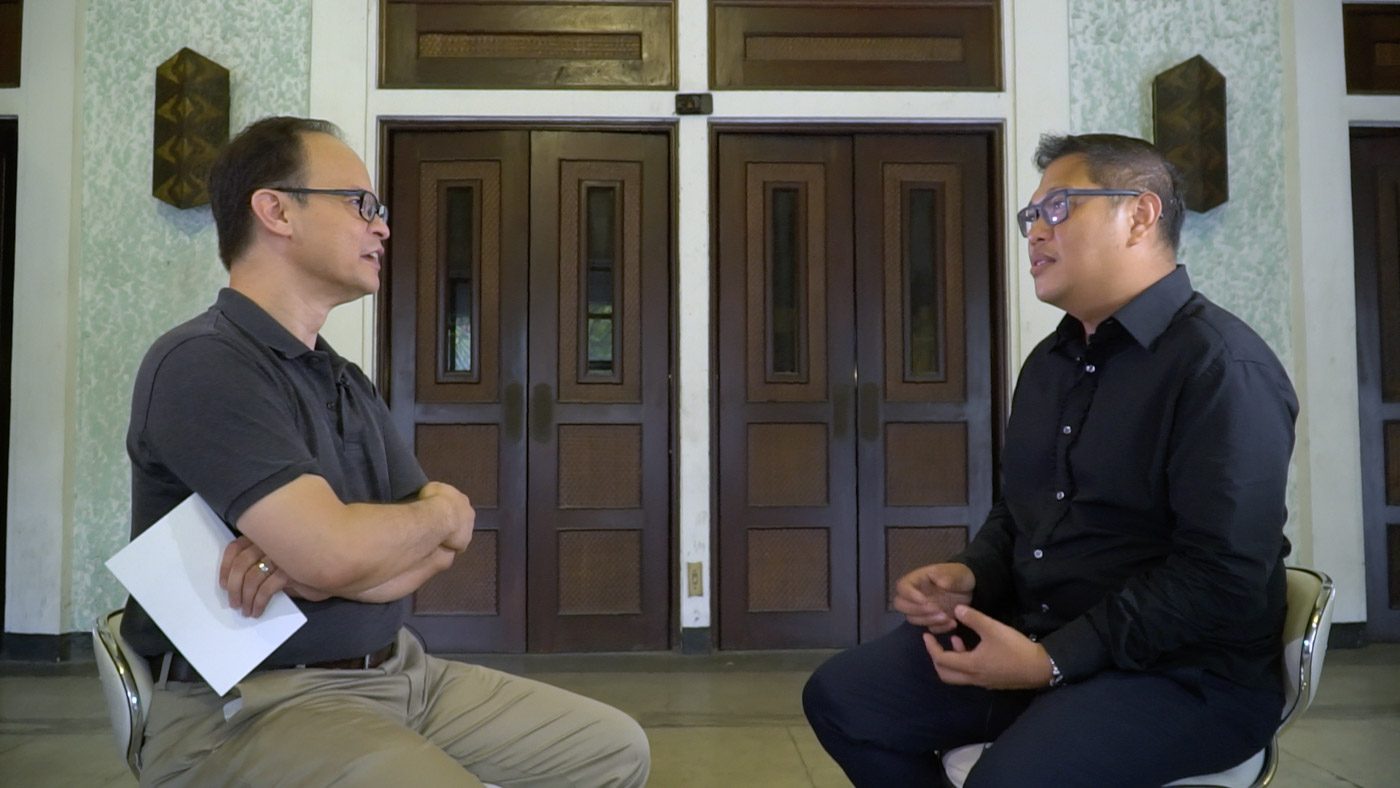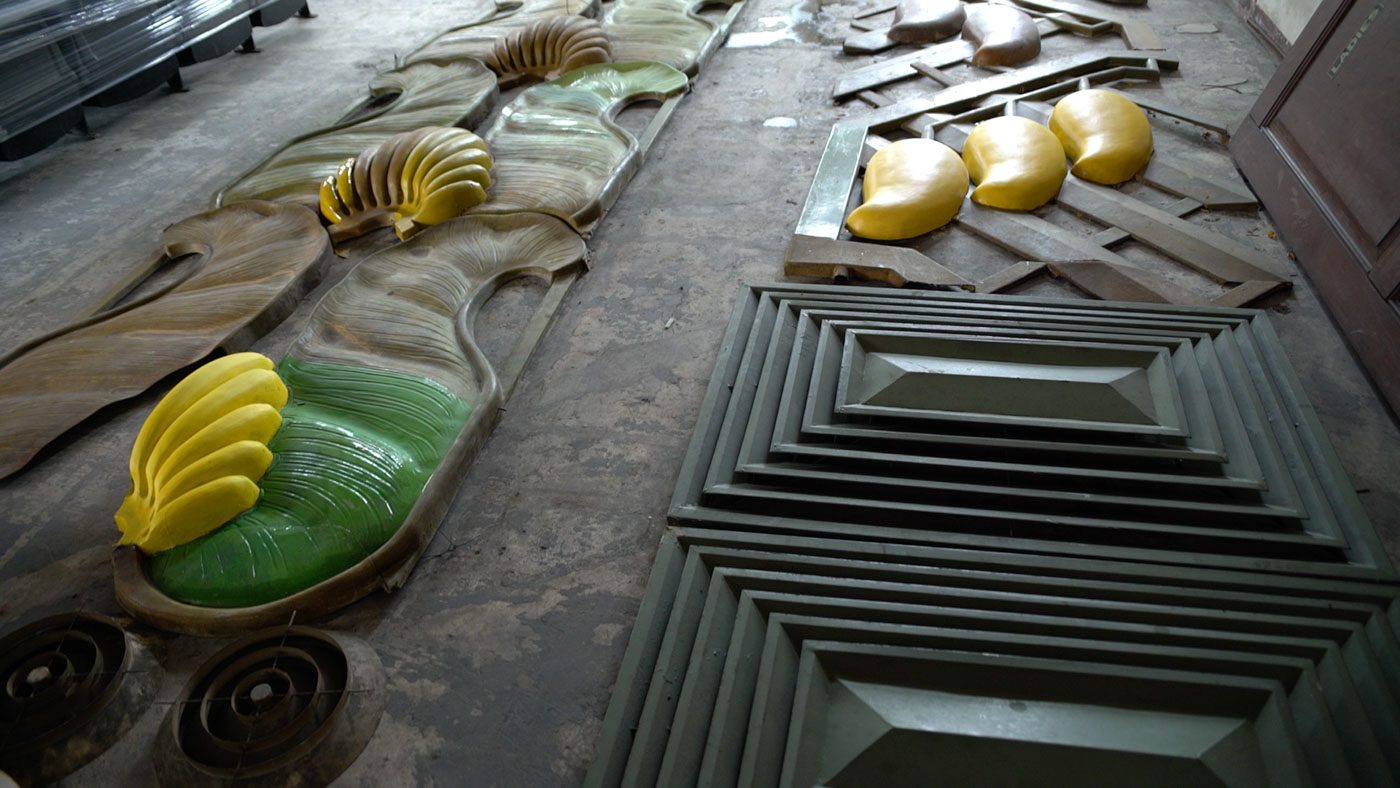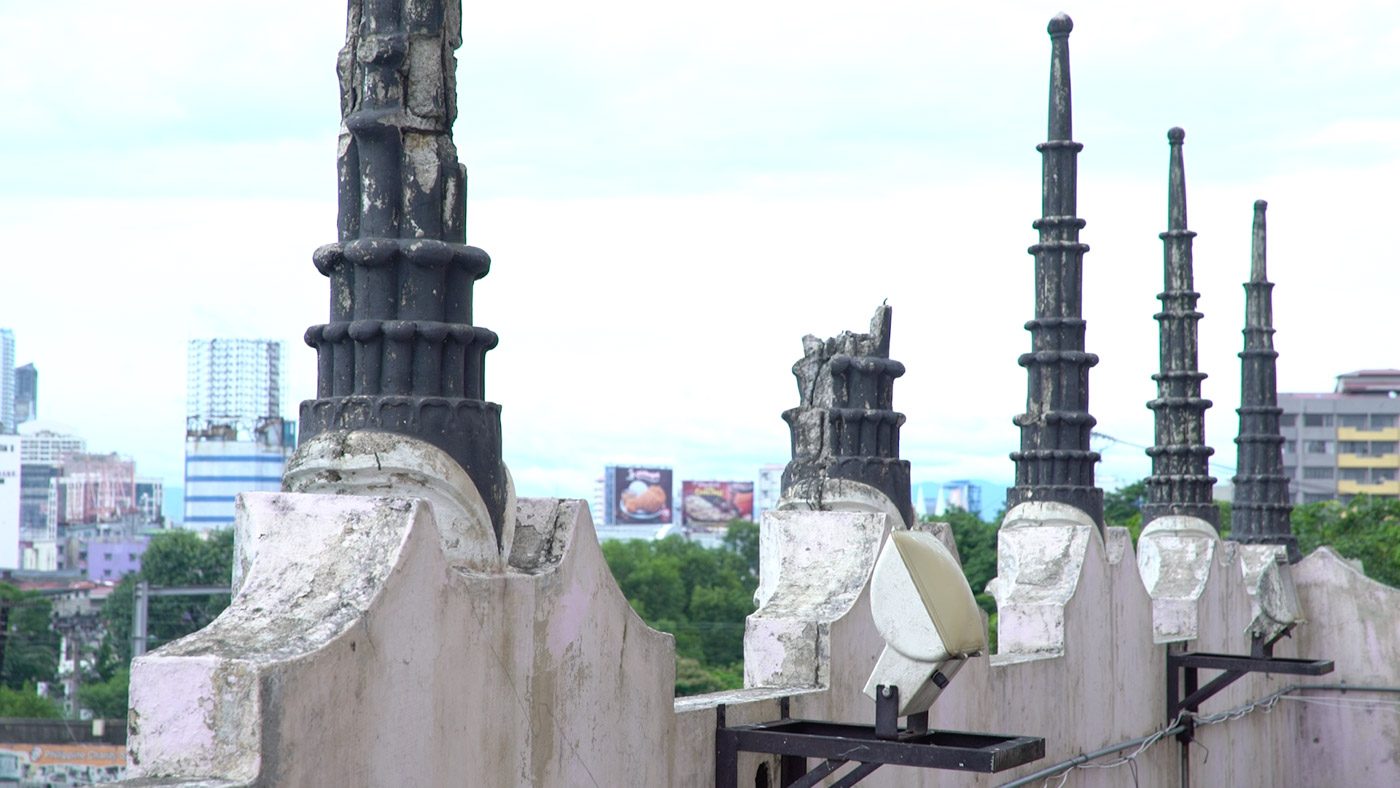SUMMARY
This is AI generated summarization, which may have errors. For context, always refer to the full article.

MANILA, Philippines – Architect Gerard Lico exudes confidence that the heart of the Metropolitan Theater – the lobby and the theater itself – will once again open its doors to the public by December.
That will be a challenge, given what I saw during a July interview for “What’s the Big Idea?” But I wish him and the National Commission of Culture and the Arts (NCCA) project all the luck in the world. (WATCH: What’s The Big Idea? Metropolitan Theater: Reviving an architectural icon)
Whether they make that target or overshoot by some months, there are already plans for the wings of the 1931 Juan Arellano building, including a black box theater, a film theater, a library and an archival collection, galleries, a conservation lab and workshops, Lico said.
But it is the plans – or dreams – for the area surrounding it that fills me with excitement and wistfulness. Excitement if even just substantial parts of it become reality. Wistfulness due to the seeming impossibility of the project.
The plan envisions the Met as one of the hubs of an historical and cultural “corridor.” Probably the first step would be to connect the Met to Liwasang Bonifacio across the street. Lico dreams of doing so by creating an underpass for vehicles, allowing people to walk – and gather – at ground level. (If that’s too expensive, I think a wide, well-designed elevated walkway will do. At least for now.)
Once across the street in Liwasang Bonifacio, the visitor will be at the foot of the Post Office building, which the government has had various plans for, and Pasig River beyond that. One plan was to convert it to a hotel. The perfect model for that would be the Fullerton Hotel in Singapore, also built for the post office, also on the city’s main river.

Behind the Met are the unbuilt spaces of Mehan Garden and an Andres Bonifacio monument, then the very long Manila City Hall, then the 3 National Museum buildings: the former Congress building and, in the eastern end of Rizal Park, the former finance and agriculture buildings.
These last 3 buildings are arguably the best local proof that it is possible to preserve and, in their case, repurpose heritage structures. They are encouragement that the work isn’t hopeless, though it may take decades. They are an example that, hopefully, the Met is on its way to emulating, and can inspire works on the Post Office building and even city hall. City hall, of course doesn’t need to be repurposed, just maintained and, where needed, restored.
Unfortunately, the City of Manila and the national government have had a mixed record here.
For every National Museum, Ayuntamiento, Met, Luneta Hotel and Army-Navy Club (now Oceanville Hotel), there are tens of Jai-Alai buildings, Paco Railroad Stations and Admiral Hotels. (I wonder about the work done on some of these buildings, but am very glad they are at least shored up for later generations to appreciate, and maybe improve on.)
Suspended talks
In the race between development and preservation, there was some respite this week when the Philippine Sports Commission suspended talks to sell the Rizal Memorial Sports Complex (another Juan Arellano structure) after the National Historical Commission and the National Museum affirmed its historical value just three months ago.
Meanwhile, in terms of open spaces, a group that was instrumental in creating and taking care of Arroceros Forest Park (which happens to be right beside the Met), said the city government this week asked them to leave to make way for new buildings. Their hope is that partners like the Manila Doctors Hospital group, which has “adopted” the park as a CSR project, will help them hold the line.

That whole “corridor” from the Post Office building to Rizal Park is, of course, right next to Intramuros. With the right vision, will and partnership between the city, the national government and the private sector, it can be more than a hub, but a repository of culture and history, and a magnet for tourism and enlightened development.
“It will be a catalyst for the urban development and urban renaissance of Manila in terms of culture and the arts,” Lico said hopefully of the Met in our interview. “We want this area to be pedestrianized and linked with the other important structures in Manila like City Hall, National Museum, Intramuros, and the Post Office Building. We need urban renaissance in Manila.” – Rappler.com
Coco Alcuaz is a former Bloomberg News bureau chief and ANC business news head and anchor. He now hosts Rappler’s “What’s the Big Idea?” interview series. His twitter handle is @cocoalcuaz.
Add a comment
How does this make you feel?
There are no comments yet. Add your comment to start the conversation.